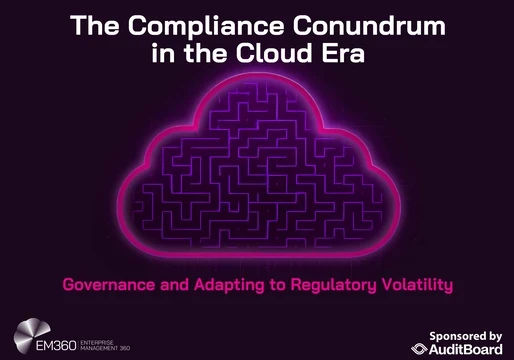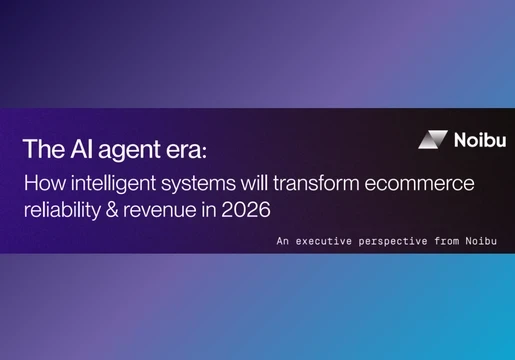In an age where digital experiences define brand perception and user expectations are higher than ever, infrastructure issues can't be dealt with reactively. The traditional approach—waiting for problems to occur and then scrambling to fix them—is no longer sufficient. Modern businesses need to shift from reactive monitoring to proactive observability.

Understanding the Shift: Monitoring vs. Observability
While often used interchangeably, monitoring and observability serve distinct roles:
Monitoring tells you when something is wrong.
Observability helps you understand why it's wrong.
Monitoring uses pre-defined metrics and alerts. Observability, on the other hand, involves deep system insights derived from logs, metrics, traces, and context, offering a holistic view of distributed systems.
Why Reactive Monitoring Fails in Modern Environments
Modern infrastructure is highly dynamic—with microservices, containers, and hybrid or multi-cloud deployments. These environments produce enormous amounts of telemetry data. Traditional monitoring tools:
Can’t scale with the volume and complexity of modern systems.
Often surface symptoms rather than root causes.
Struggle with ephemeral components like containers and serverless functions.
As a result, reactive monitoring leads to longer downtime, slower incident resolution, and frustrated users.
What Proactive Observability Looks Like
Proactive observability goes beyond dashboards. It’s about predicting, preventing, and resolving issues before they affect end-users.
Key Features of a Proactive Observability System:
Real-time, unified telemetry
Collect and correlate data from metrics, logs, traces, and events into a single pane of glass.
AI-powered anomaly detection
Use machine learning to detect performance degradations or usage anomalies before thresholds are breached.
Contextual insights with traces
Distributed tracing provides end-to-end visibility, allowing teams to pinpoint where a request slows down or fails.
User-centric performance monitoring
Real User Monitoring () and Synthetic Monitoring help anticipate user issues and simulate scenarios before release.
Automation and self-healing
Proactive observability integrates with automation tools to remediate known issues without human intervention.
Benefits of a Proactive Observability Strategy
Reduced MTTR (Mean Time to Resolution)
Rapid root cause identification shrinks downtime.
Better customer experiences
Proactively resolving latency, crash, or availability issues keeps users happy.
Increased developer productivity
Engineers spend less time fire-fighting and more time building.
Improved system reliability
Continuous insights into system health foster resilient architecture.
Implementing Observability in Your Infrastructure
Here’s a step-by-step approach:
1. Audit Current Monitoring Setup
What’s being monitored?
Are you capturing logs, metrics, and traces?
2. Choose the Right Observability Tools
Select platforms that offer full-stack visibility, support open standards (like OpenTelemetry), and integrate easily with your stack.
3. Standardize Instrumentation
Instrument services uniformly to generate high-fidelity telemetry data. Use auto-instrumentation for faster rollouts.
4. Establish SLOs and SLIs
Define Service Level Objectives (SLOs) and Indicators (SLIs) to align observability with business goals.
5. Enable Collaboration Across Teams
Observability should break down silos—DevOps, SRE, and development teams must work with shared insights.
6. Automate Insights and Remediation
Use AI/ML to surface actionable insights and trigger automated responses when issues are detected.
The Future: Observability as a Competitive Advantage
As systems grow more complex, observability is no longer optional—it’s a competitive differentiator. Organizations that embrace proactive observability will not only reduce downtime and improve performance but also foster a culture of continuous improvement and resilience.
By making observability a foundational element of your infrastructure strategy, you're not just solving today’s problems—you're future-proofing your operations.







Comments ( 0 )